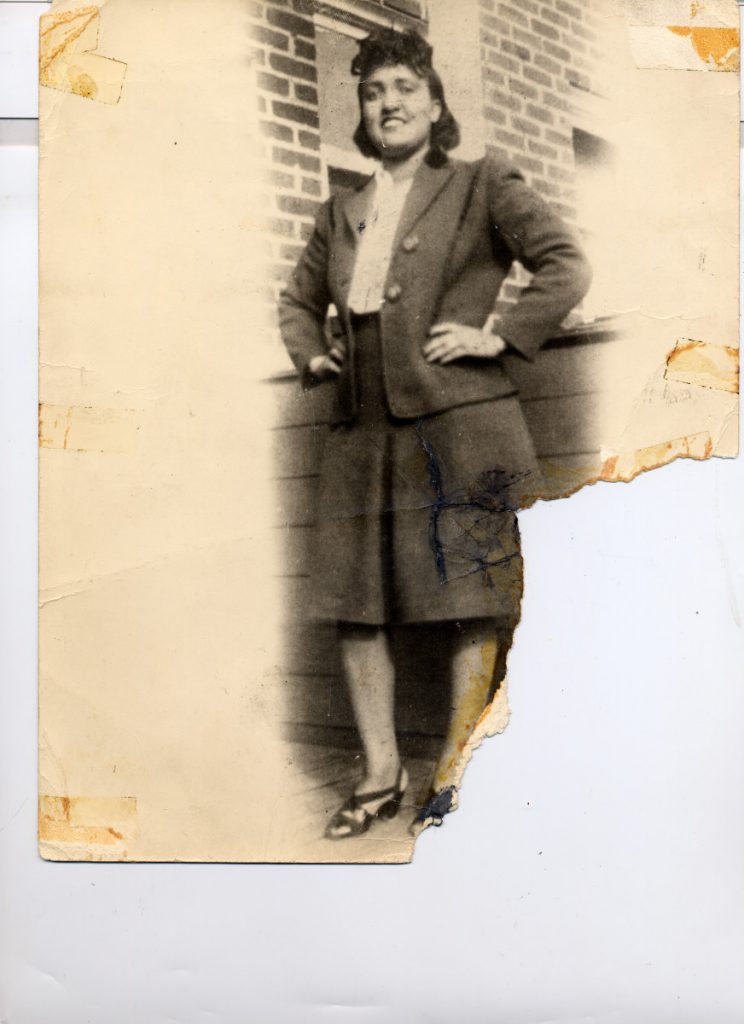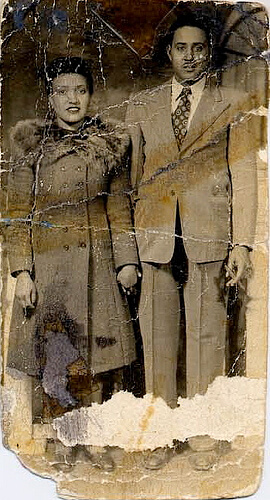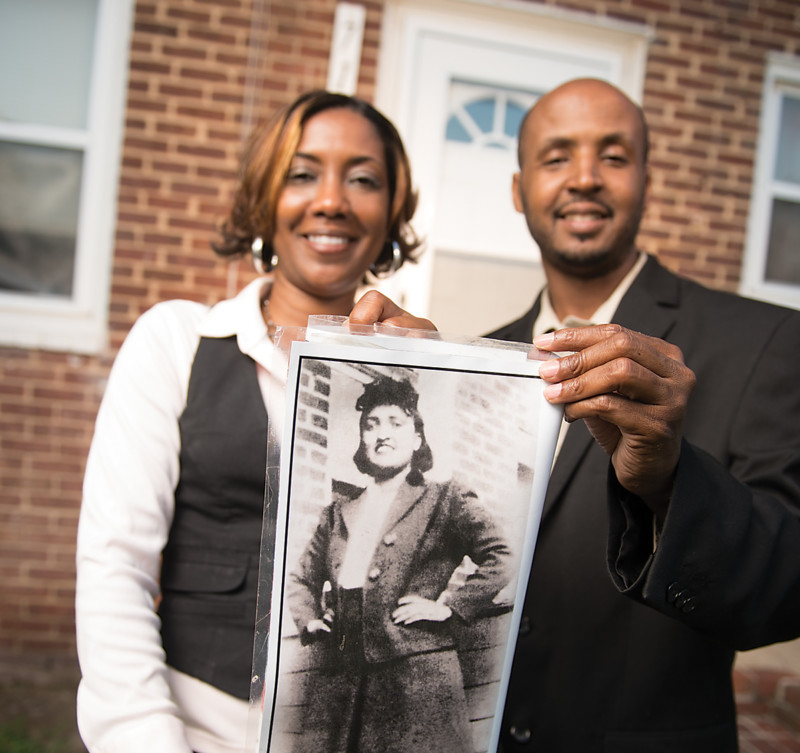
There isn’t a person reading this who hasn’t benefited from her cells, code named HeLa, which were taken without her knowledge in 1950.

No one knows who took this picture, but it’s appeared hundreds of times in magazines and science textbooks, on blogs and laboratory walls. She’s usually identified as Helen Lane, but often she has no name at all. She’s simply called HeLa, the code name given to the world’s first immortal human cells — her cells, cut from her cervix just months before she died. Her real name is Henrietta Lacks.
Henrietta Lacks (1920-1951) was a black tobacco farmer from Southern Virginia who got cervical cancer and died when she was 31. Before her death, a doctor treating her at Johns Hopkins took a piece of her tumor without telling her — because he realized that her cells, unlike everyone else’s, never died.
These cells (named HeLa after Henrietta Lacks) have been replicated millions of times to create an endless supply of “immortal cells.”
Before HeLa cells, scientists spent more time trying to keep cells alive than performing actual research on cells.
In 1952, the worst year of the polio epidemic, Dr. Jonas Salk used HeLa cells to develop a vaccine for Polio.
Other HeLa cells have been used as the basic cells that established the process of cloning and in vitro fertilization.
HeLa cells were also used to determine that humans have 46 chromosomes and provided the basis for making several types of genetic diagnoses.
HeLa cells have been used to repair DNA and have been used in anti-cancer drugs.
Her cells went up in the first space missions to see what would happen to human cells in zero gravity. They helped with some of the most important advances in medicine: the polio vaccine, chemotherapy, cloning, gene mapping, in vitro fertilization. Her cells were part of research into the genes that cause cancer and those that suppress it; they helped develop drugs for treating herpes, leukemia, influenza, hemophilia, and Parkinson’s disease; and they’ve been used to study lactose digestion, sexually transmitted diseases, appendicitis, human longevity, mosquito mating, and the negative cellular effects of working in sewers. Their chromosomes and proteins have been studied with such detail and precision that scientists know their every quirk. Like guinea pigs and mice, Henrietta’s cells have become the standard laboratory workhorse.

Although pharmaceutical companies have made billions of dollars from replicating & selling HeLa cells, Henrietta’s family has never been compensated. It wasn’t until recently that they even knew her cells were being used.
In 2010, Rebecca Skloot wrote the book “The Immortal Life of Henrietta Lacks,” detailing her life. In 2013, a settlement with the family has given them some control over the use of HeLa cells, but still no financial reward.
There’s no way of knowing exactly how many of Henrietta’s cells are alive today. One scientist estimates that if you could pile all HeLa cells ever grown onto a scale, they’d weigh more than 50 million metric tons — an inconceivable number, given that an individual cell weighs almost nothing. Another scientist calculated that if you could lay all HeLa cells ever grown end-to-end, they’d wrap around the Earth at least three times, spanning more than 350 million feet. In her prime, Henrietta herself stood only a bit over five feet tall.
Henrietta died in 1951 from an aggressive case of cervical cancer, but before she died, a surgeon took samples of her tumor and put them in a petri dish. Scientists had been trying to keep human cells alive in culture for decades, but they all eventually died. Henrietta’s were different: They reproduced an entire generation every twenty-four hours, and they never stopped. They became the first immortal human cells ever grown in a laboratory, and led to the beginning of the modern field of virology.
She is arguably the most influential person in medicine that the world doesn’t even know.

Adapted from “The Immortal Life of Henrietta Lacks.” Copyright © 2010 by Rebecca Skloot. Published by The Crown Publishing Group, a division of Penguin Random House, Inc.
- Blacktop Ridge – Artist Spotlight - February 1, 2022
- CREATE Foundation Announces New Officers and Board Members - June 7, 2020
- Unity March and Community Listening Session - June 5, 2020